Home>Gardening & Outdoor>Landscaping Ideas>What To Plant With Mexican Feather Grass
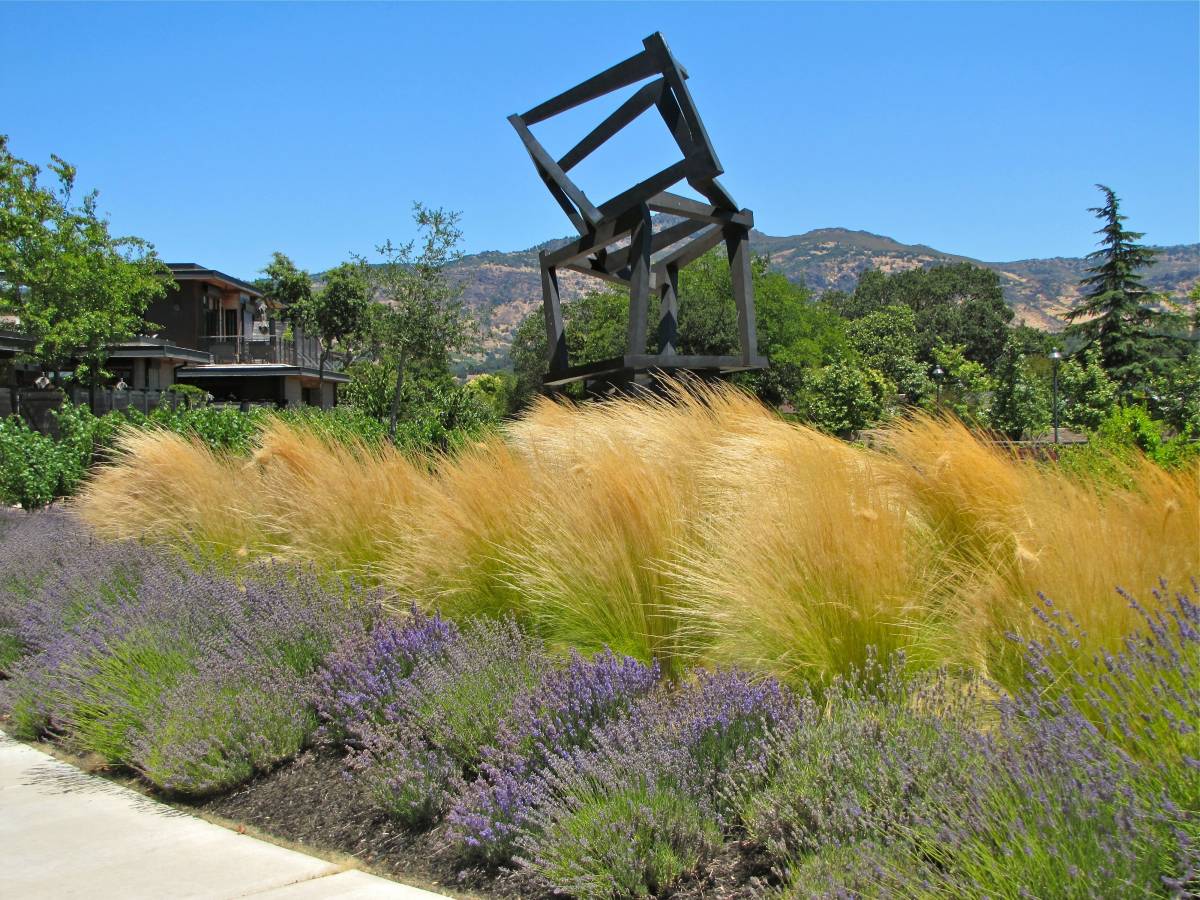

Landscaping Ideas
What To Plant With Mexican Feather Grass
Modified: August 17, 2024
Discover the best landscaping ideas for planting with Mexican feather grass to create a stunning and vibrant outdoor space. Explore complementary plants and design tips for a beautiful garden.
(Many of the links in this article redirect to a specific reviewed product. Your purchase of these products through affiliate links helps to generate commission for Storables.com, at no extra cost. Learn more)
Introduction
When it comes to creating a stunning and harmonious landscape, choosing the right plants to complement each other is crucial. Mexican feather grass, with its delicate and graceful appearance, is a popular choice for adding texture and movement to gardens. This ornamental grass, scientifically known as Nassella tenuissima, is native to the southwestern United States, Mexico, and Argentina. Its fine, thread-like leaves and feathery plumes create a mesmerizing display, especially when swaying gently in the breeze.
In the world of landscaping, the concept of companion planting is fundamental. It involves strategically selecting plants that thrive well together, offering mutual benefits such as pest control, soil improvement, and aesthetic enhancement. When it comes to Mexican feather grass, choosing the right companions can elevate its visual appeal and overall health, creating a balanced and vibrant garden ecosystem.
In this article, we will explore the ideal companion plants to pair with Mexican feather grass, as well as those to avoid. Additionally, we will provide valuable tips for successful planting and maintenance, ensuring that your landscaping endeavors yield a breathtaking and sustainable outdoor space. So, let's delve into the world of landscaping and discover the perfect plant partners for Mexican feather grass!
Key Takeaways:
- Choose vibrant plants like Purple Coneflower and Russian Sage to enhance the beauty of Mexican Feather Grass. Avoid invasive, water-loving, and competitive plants to ensure its delicate growth and visual appeal.
- Plant Mexican Feather Grass in well-drained soil, provide occasional deep watering, and select suitable companion plants for a thriving and captivating garden landscape.
Read more: When To Plant Mexican Feather Grass
Companion Plants for Mexican Feather Grass
Pairing Mexican feather grass with suitable companion plants can elevate the visual impact of your garden while promoting a thriving and balanced ecosystem. When selecting companion plants for Mexican feather grass, it's essential to consider factors such as color, texture, height, and growing conditions. Here are some excellent options to complement the delicate beauty of Mexican feather grass:
1. Purple Coneflower (Echinacea purpurea)
The vibrant purple blooms of the purple coneflower provide a striking contrast to the feathery foliage of Mexican feather grass. This perennial herbaceous plant thrives in full sun and well-drained soil, making it an ideal companion for Mexican feather grass. Not only does it add a pop of color to the landscape, but it also attracts pollinators, contributing to a biodiverse and flourishing garden.
2. Russian Sage (Perovskia atriplicifolia)
With its aromatic foliage and tall, airy spikes of lavender-blue flowers, Russian sage makes an excellent companion for Mexican feather grass. This drought-tolerant perennial thrives in sunny locations and well-drained soil, creating a visually captivating combination when planted alongside Mexican feather grass. The wispy texture of Russian sage complements the delicate nature of the grass, adding depth and dimension to the landscape.
3. Black-Eyed Susan (Rudbeckia hirta)
The cheerful yellow blooms of the black-eyed Susan bring a burst of sunshine to the garden, harmonizing beautifully with the soft, swaying plumes of Mexican feather grass. This hardy perennial thrives in a variety of soil types and is known for its resilience and low maintenance. When paired with Mexican feather grass, the black-eyed Susan adds a cheerful and vibrant element to the landscape, creating a captivating display throughout the growing season.
Read more: How Fast Does Mexican Feather Grass Grow
4. Blue Oat Grass (Helictotrichon sempervirens)
The blue-gray foliage of blue oat grass provides a stunning contrast to the fine, emerald-green leaves of Mexican feather grass. This ornamental grass thrives in well-drained soil and full sun, making it an ideal companion for Mexican feather grass in a xeriscape or rock garden. The unique color and texture of blue oat grass create a visually captivating combination, adding visual interest and diversity to the planting scheme.
5. Autumn Joy Sedum (Hylotelephium 'Herbstfreude')
The robust and fleshy foliage of autumn joy sedum, coupled with its stunning pink flower heads, offers a striking juxtaposition to the delicate nature of Mexican feather grass. This drought-tolerant perennial thrives in sunny locations and well-drained soil, making it a resilient and visually appealing companion for Mexican feather grass. The late-season blooms of autumn joy sedum complement the airy plumes of the grass, extending the visual interest well into the autumn months.
By carefully selecting companion plants that harmonize with the unique characteristics of Mexican feather grass, you can create a captivating and cohesive landscape that celebrates the beauty of each individual plant while forming a harmonious and visually stunning ensemble.
Plants to Avoid Planting with Mexican Feather Grass
While selecting companion plants to enhance the beauty of your garden, it's equally important to be mindful of choices that may hinder the growth or visual appeal of Mexican feather grass. Certain plants, due to their aggressive nature or conflicting growing requirements, are best avoided when planting alongside Mexican feather grass. Here are some plants to steer clear of when considering companions for Mexican feather grass:
-
Invasive Species: Plants known for their invasive tendencies, such as bamboo (Bambusoideae) and certain varieties of mint (Mentha spp.), should be avoided. These aggressive plants can quickly overtake the garden space, outcompeting the delicate Mexican feather grass and disrupting its growth.
-
Tall, Shade-Casting Plants: Species that grow excessively tall or have dense foliage, such as large shrubs or trees, can overshadow the graceful appearance of Mexican feather grass. Additionally, these plants may compete for sunlight and nutrients, potentially hindering the growth of the grass.
-
Water-Loving Plants: Species that have high water requirements or thrive in consistently moist soil, such as water lilies (Nymphaea spp.) or certain varieties of ferns, may not be suitable companions for Mexican feather grass. The grass, known for its preference for well-drained soil, may suffer if planted alongside these moisture-loving plants.
-
Aggressive Spreaders: Plants with vigorous spreading habits, such as certain types of groundcover or invasive vines, can encroach upon the growing space of Mexican feather grass, leading to overcrowding and potential competition for resources.
-
Highly Competitive Plants: Species known for their aggressive root systems or allelopathic properties, which inhibit the growth of neighboring plants, should be avoided. Examples include black walnut trees (Juglans nigra) and certain types of eucalyptus (Eucalyptus spp.).
By being mindful of the plants to avoid when selecting companions for Mexican feather grass, you can ensure that the delicate beauty and growth of the grass are not compromised. This thoughtful approach to plant selection will contribute to a harmonious and visually appealing garden landscape, allowing Mexican feather grass to thrive alongside compatible and complementary plant partners.
Tips for Successful Planting with Mexican Feather Grass
Planting Mexican feather grass can be a rewarding endeavor, adding elegance and movement to your landscape. To ensure the successful establishment and long-term vitality of this ornamental grass, consider the following tips:
-
Selecting the Right Location: Choose a planting site that receives ample sunlight, as Mexican feather grass thrives in full sun conditions. Additionally, ensure that the soil is well-drained to prevent waterlogging, which can be detrimental to the grass's health.
-
Soil Preparation: Prior to planting, prepare the soil by incorporating organic matter such as compost or well-rotted manure. This helps improve soil structure, fertility, and drainage, creating an optimal growing environment for Mexican feather grass.
-
Planting Depth and Spacing: When planting Mexican feather grass, ensure that the crown – where the roots meet the shoots – is level with the soil surface. Proper spacing between individual plants is essential to allow for adequate air circulation and prevent overcrowding as the grass matures.
-
Watering and Maintenance: After planting, water the grass thoroughly to promote root establishment. Once established, Mexican feather grass is relatively drought-tolerant, requiring minimal supplemental watering. However, during prolonged dry spells, providing occasional deep watering can help maintain its vigor.
-
Pruning and Deadheading: Regularly remove any dead or damaged foliage to promote healthy growth and maintain the grass's attractive appearance. Deadheading – the removal of spent flower heads – can encourage continuous blooming and prevent self-seeding in garden settings where seed dispersal is undesired.
-
Companion Planting: As discussed earlier, carefully select companion plants that complement Mexican feather grass while respecting its growing requirements. This strategic approach can enhance the visual appeal of the landscape and create a thriving ecosystem.
-
Seasonal Maintenance: In late winter or early spring, consider gently combing through the grass with a rake or gloved hands to remove any accumulated debris or thatch. This simple maintenance task helps rejuvenate the appearance of Mexican feather grass and encourages new growth.
-
Division and Propagation: Over time, Mexican feather grass may benefit from division to rejuvenate its growth and prevent overcrowding. Dividing the grass clumps every few years can help maintain its vigor and ensure a visually appealing display.
By implementing these tips, you can cultivate a flourishing and visually captivating display of Mexican feather grass in your garden. With proper care and thoughtful consideration of its growing requirements, this graceful ornamental grass can become a standout feature, adding charm and allure to your outdoor space.
Frequently Asked Questions about What To Plant With Mexican Feather Grass
Was this page helpful?
At Storables.com, we guarantee accurate and reliable information. Our content, validated by Expert Board Contributors, is crafted following stringent Editorial Policies. We're committed to providing you with well-researched, expert-backed insights for all your informational needs.
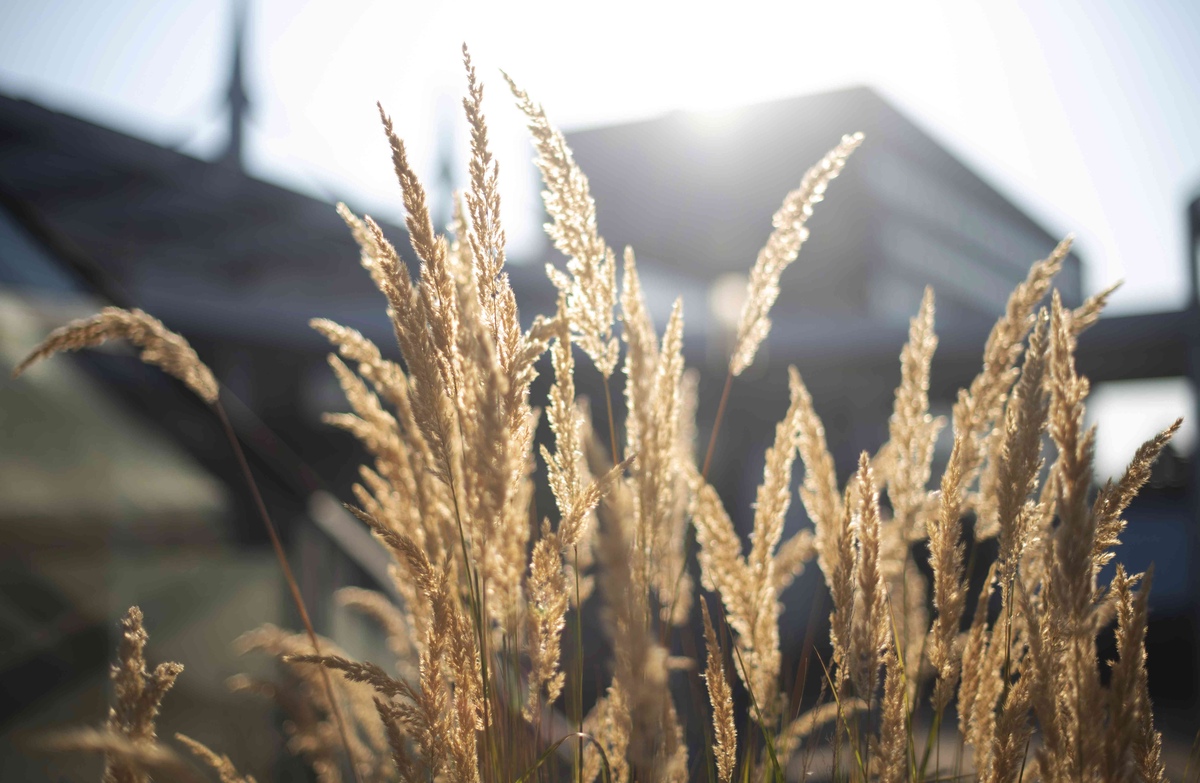
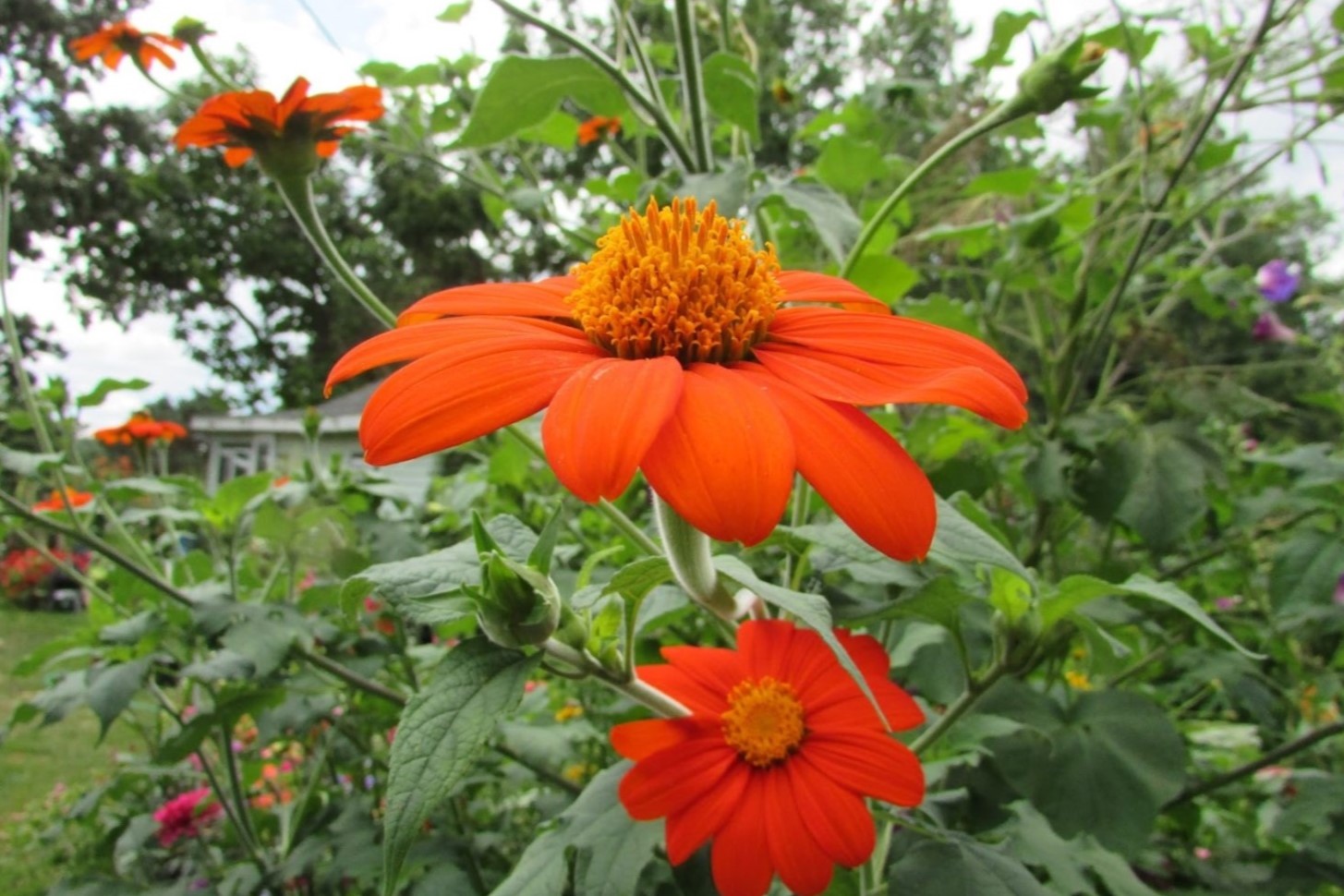

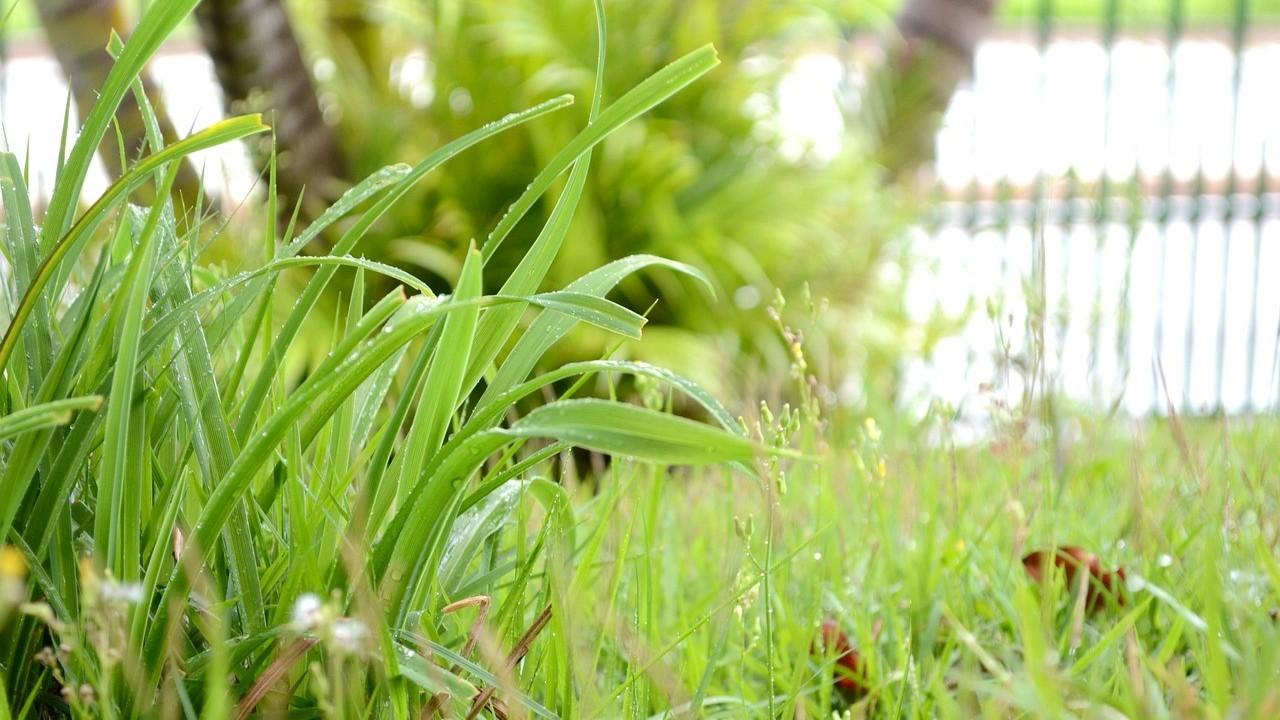
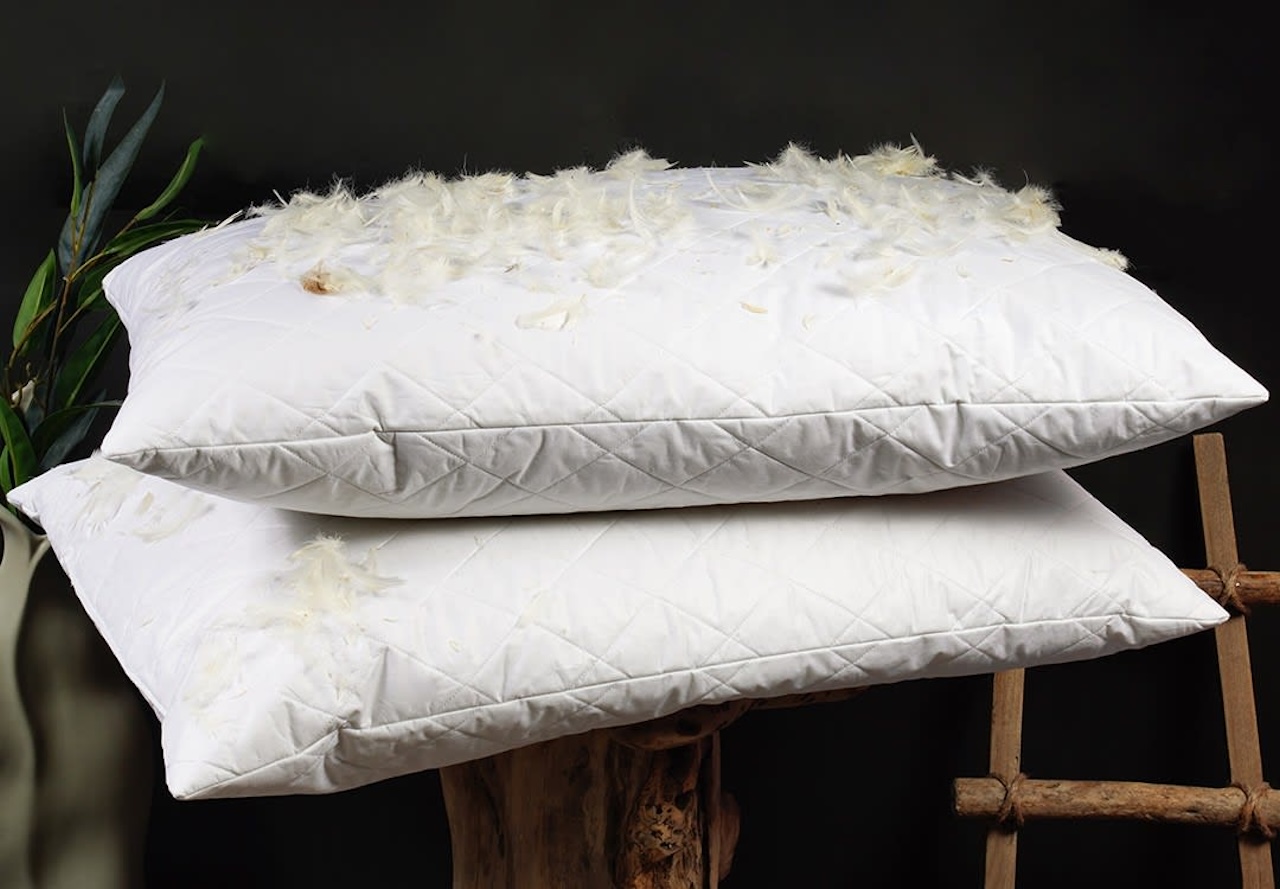
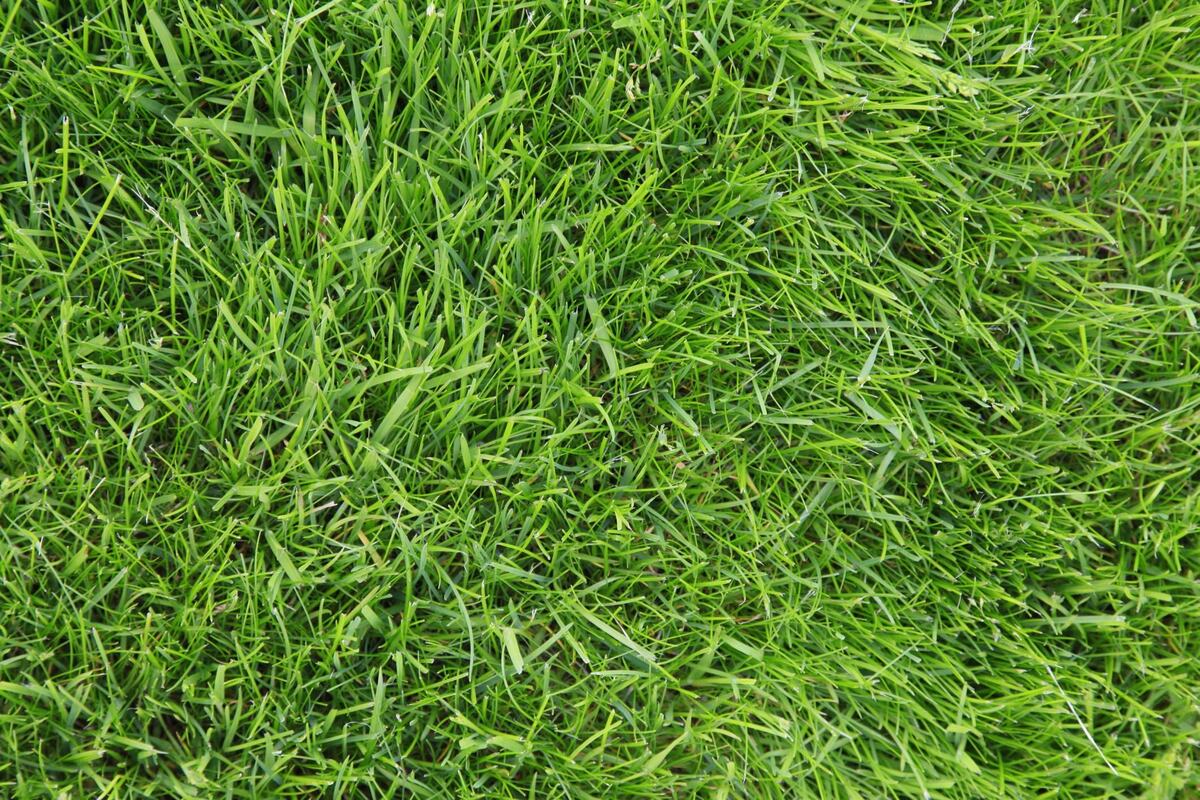
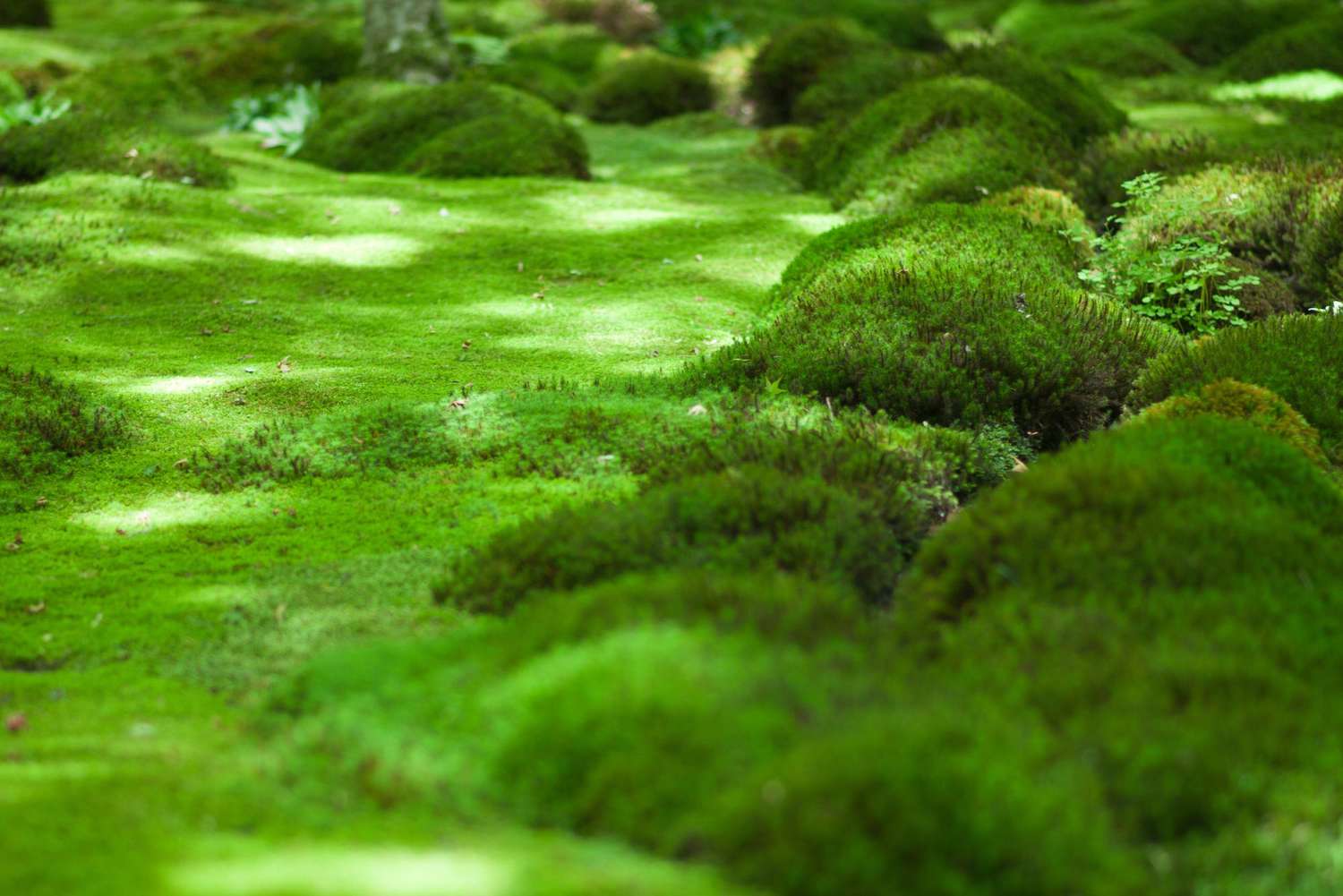



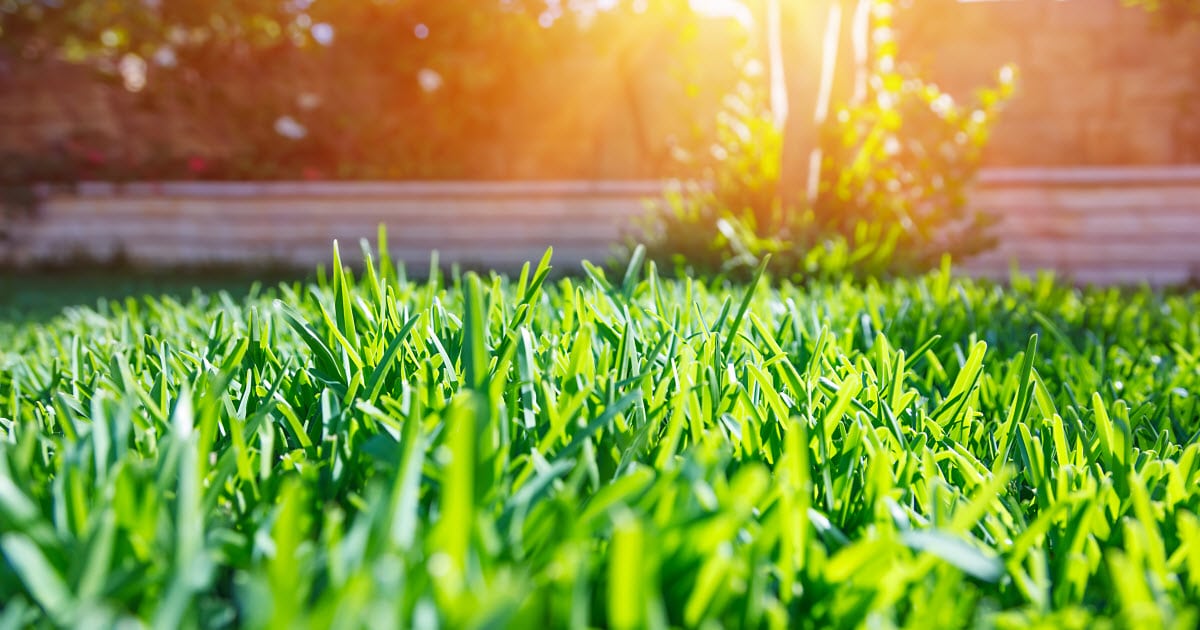

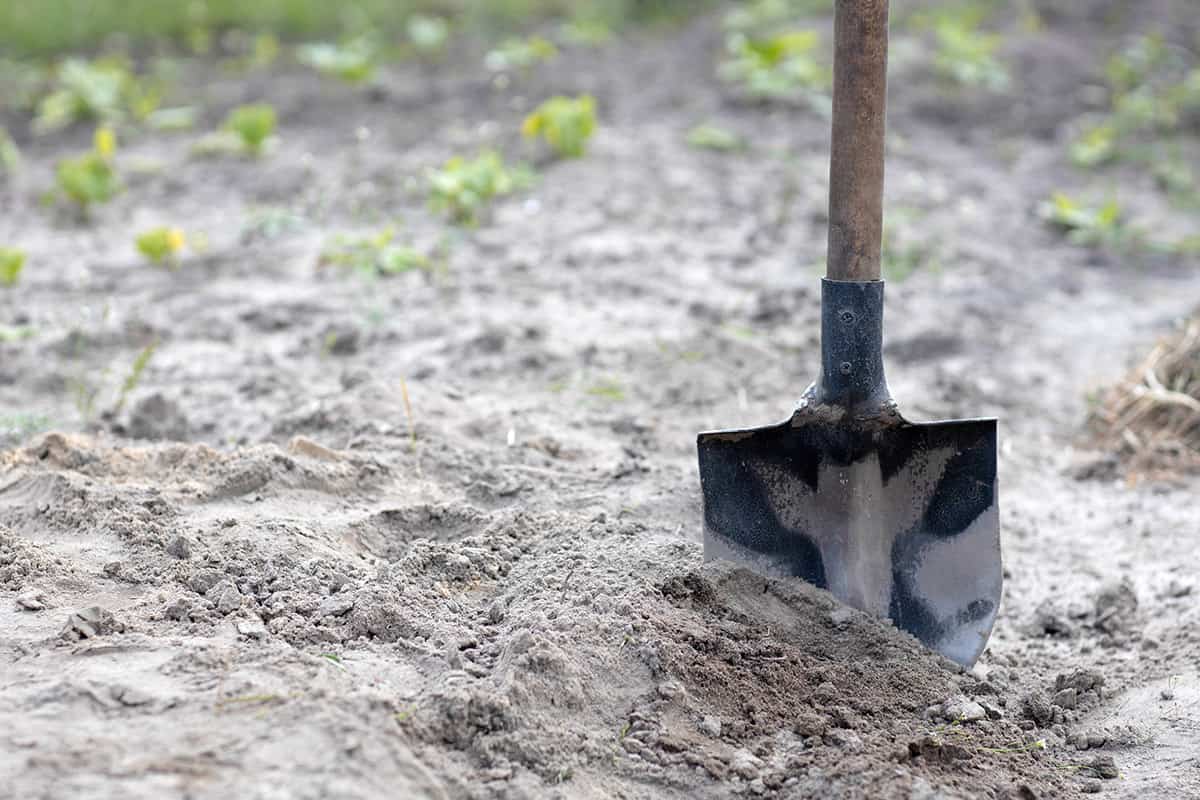
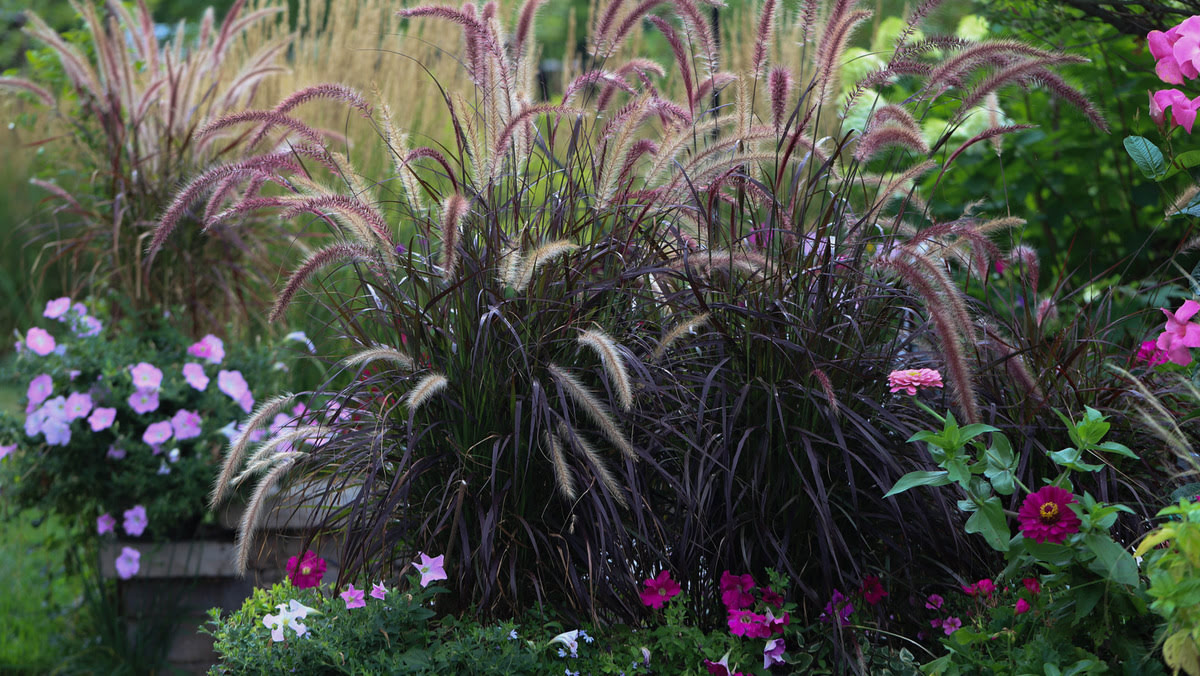

0 thoughts on “What To Plant With Mexican Feather Grass”